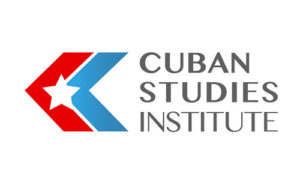The Marxist demand economy system adopted after the Revolution of 1959 created numerous supply problems and productivity decreased. When the accumulated reserves of the old regime had been exhausted and stocks were not replaced, store shelves emptied. Years of scarcity followed the period of affluence. In April 1962, rationing was introduced: a shock, as this had not been known even during the shortages of World War II. In the years following, declining worker productivity only accentuated the scarcities. By 1971 an individual’s monthly entitlement was: 3 kg of rice, 2.5 kg of sugar, 250 g of lard, 190 g of coffee, one bar of laundry soap, and one of hand soap- plus 500 g of meat when available. Clothing was distributed only twice a year. Electricity was rationed, by means of brownouts, In December 1986, the clothing ration was reduced, milk and dairy products were severely restricted, and meals at day-care centers were reduced to one a day.
During the “Special Period” of the 1990s things became much more difficult. Ration entitlements often could not be honored, and electric power cuts became frequent, a particular inconvenience for dwellers in Soviet-style high-rise housing, unable to use elevators. The meager allocations provided through the ration cards were supplemented by widespread corruption, stealing from state enterprises, and a flourishing black market. During the past decade, this situation worsened with Cubans migrating legally and illegally out of the island.









1 thought on “Rationing”
What else is there to say? A total disaster!
Comments are closed.